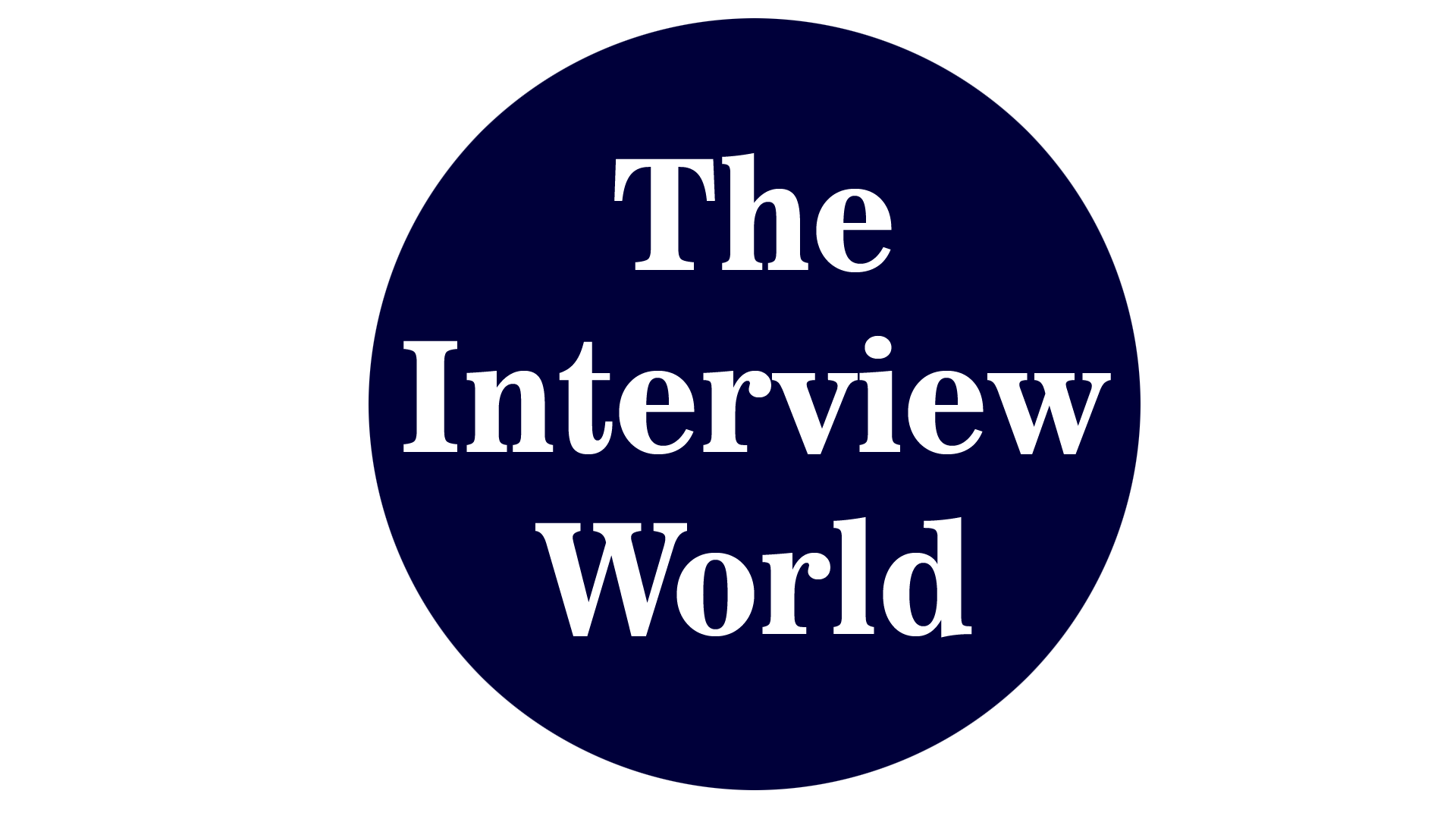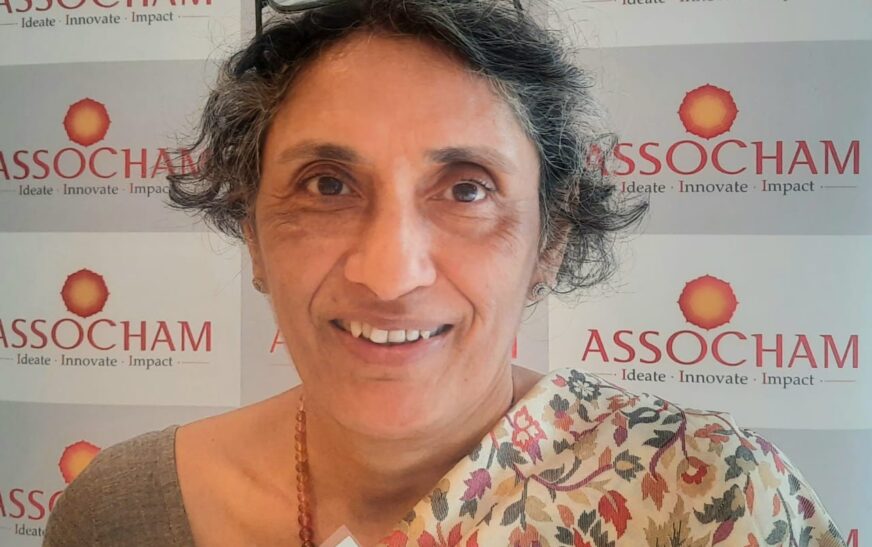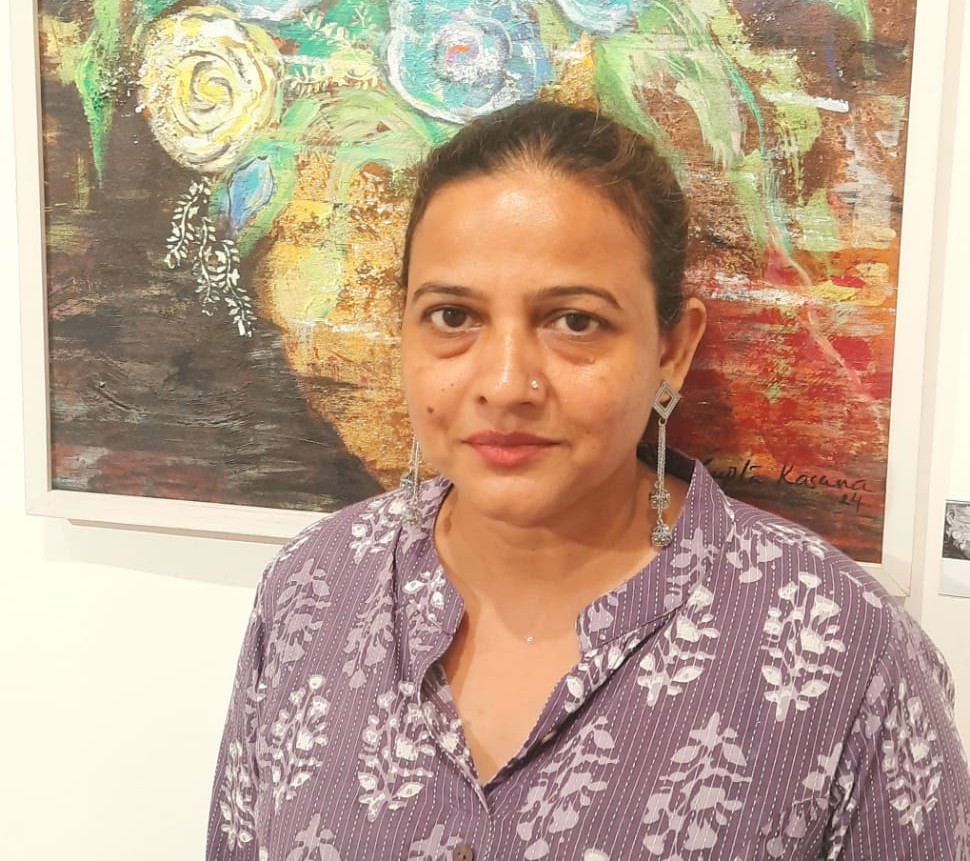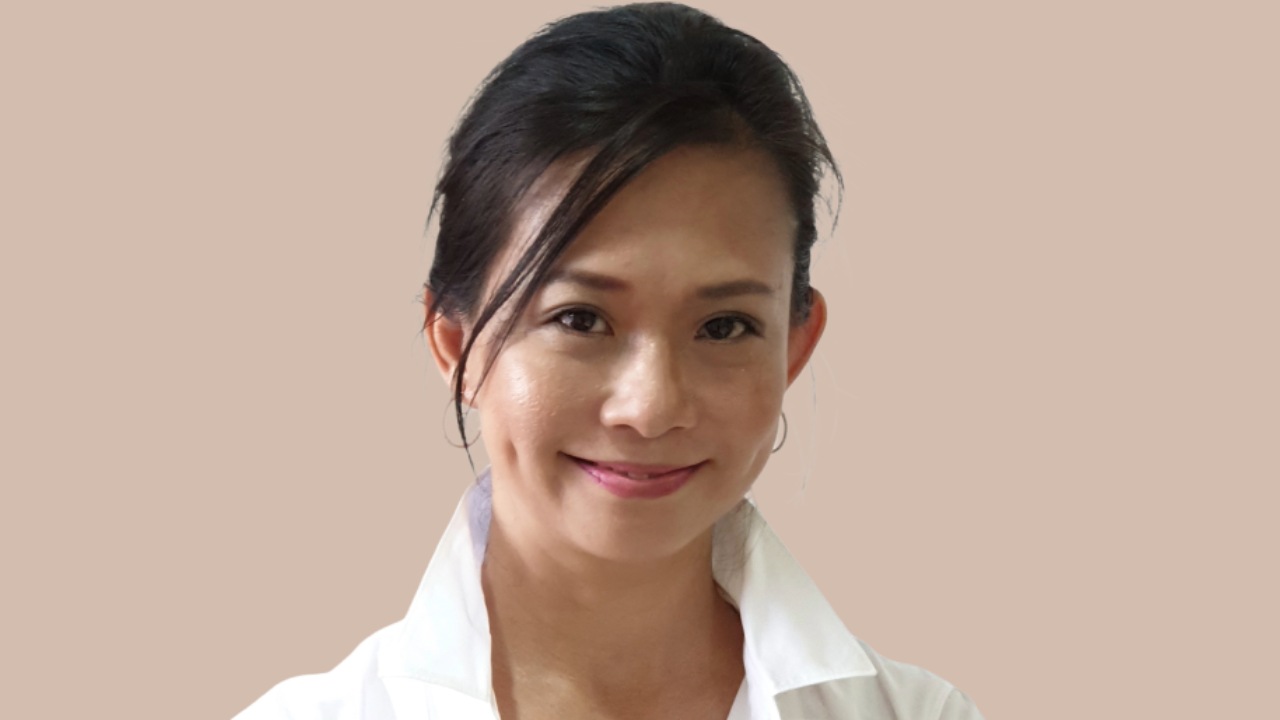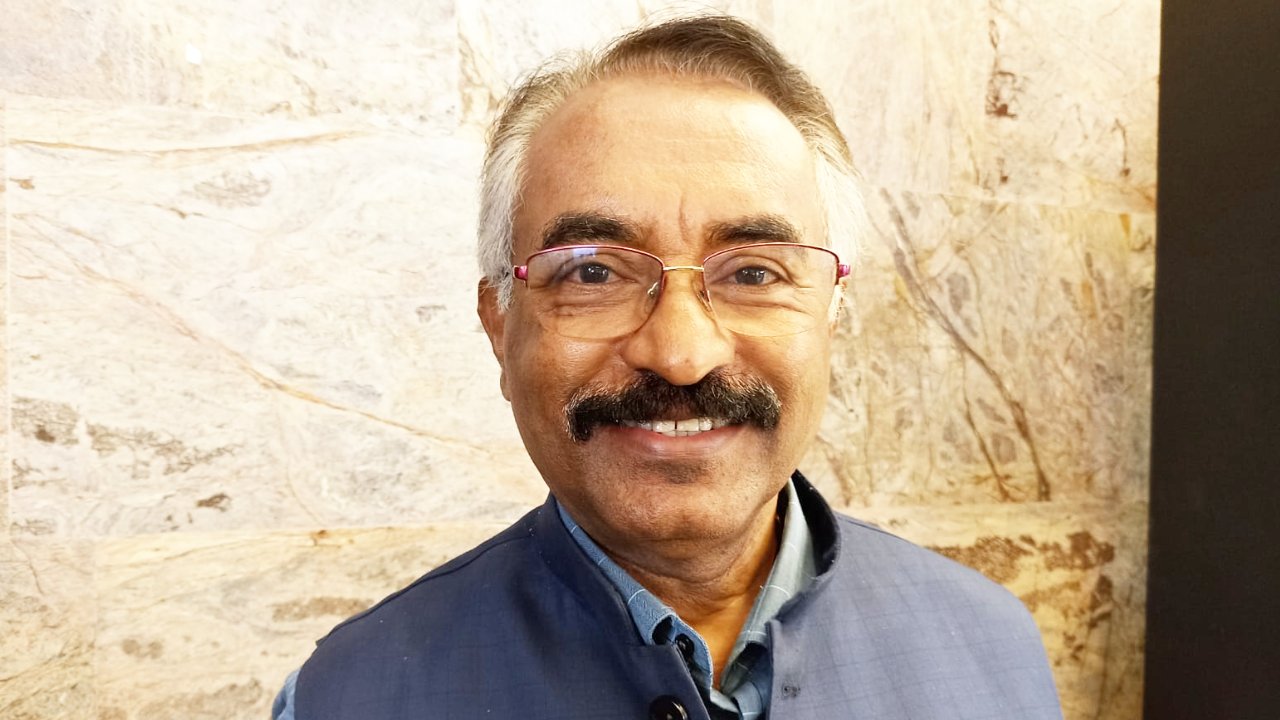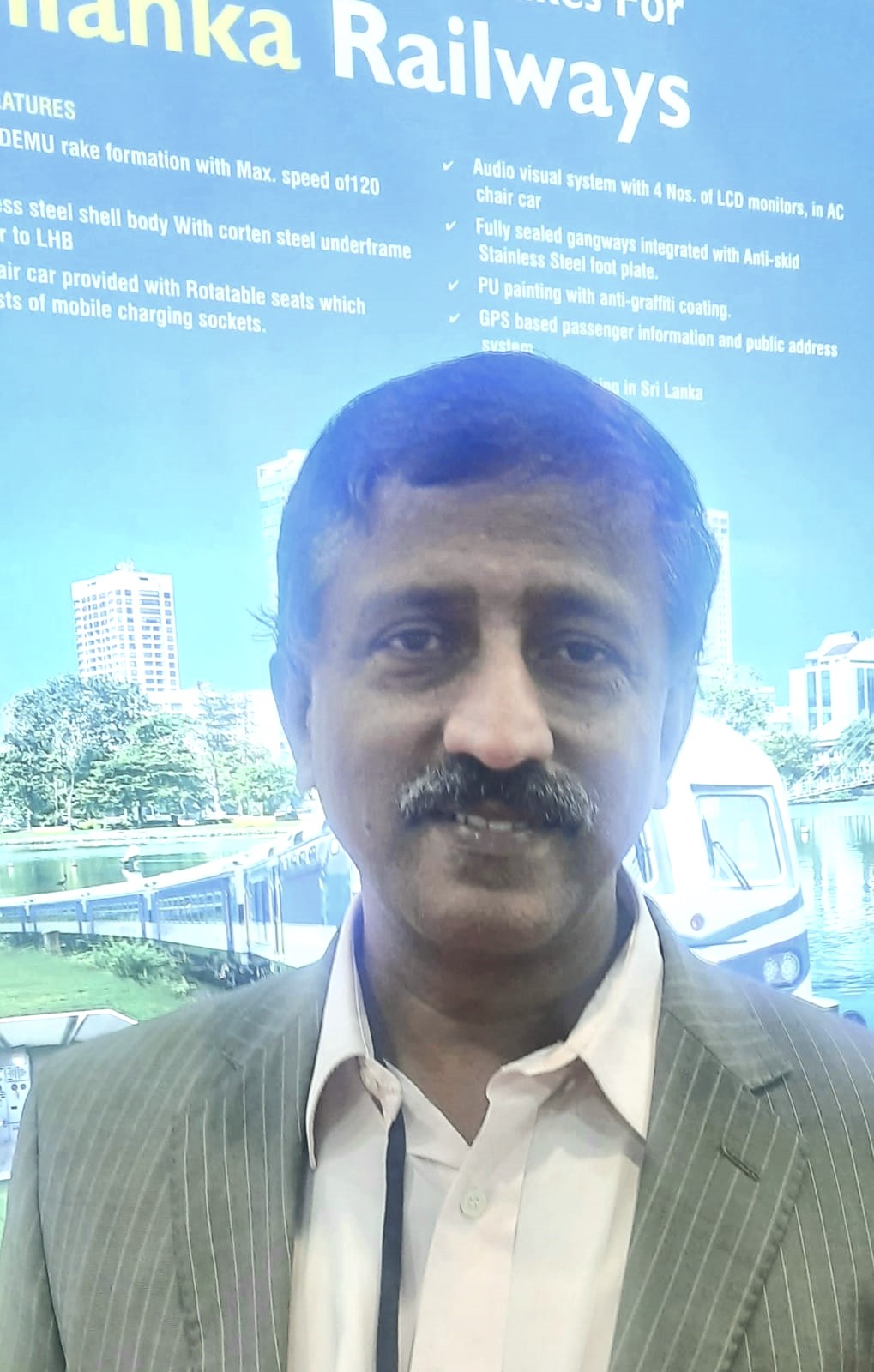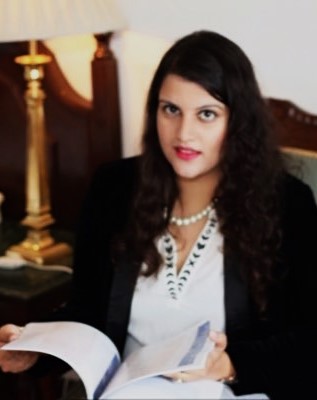Dr. Sara Varughese, an esteemed ophthalmologist and public health specialist, serves as the Managing Trustee of CBM India. With a distinguished career, she worked as a Program Manager in disability and rehabilitation at the WHO’s SEA Regional Office. Moreover, she has been instrumental as President of the National Vision 2020 forum. In this role, she contributed to planning initiatives for Vision 2020 in India, Nepal, and Bangladesh. A proponent of customized assistive technologies for persons with disabilities, Dr. Varughese thrusts on bringing inclusion into society.
In an exclusive conversation with The Interview World, Dr. Varughese illuminates her organization’s impactful initiatives designed to support persons with disabilities. She provides in-depth insights into the distribution of assistive technologies, emphasizing the critical importance of customization to meet individual needs. Additionally, she discusses her expectations for the upcoming general budget, underlining the need for increased support and funding. Dr. Varughese also accentuates the transformative potential of advancements in assistive technologies. Furthermore, she highlights their significant role in enhancing the lives of persons with disabilities. Here are the key insights from her interview.
Q: Can you describe the initiatives and projects you’ve been involved in to support persons with disabilities, and the impact they have had on the community?
A: CBM India addresses every aspect of life for persons with disabilities, covering their health and educational needs comprehensively. Our work focuses on integrating children into inclusive education systems and empowering schools to accommodate them effectively. This effort goes beyond mere admission; it is about equipping schools to teach these children and fostering an environment where they can thrive academically.
Additionally, we prioritize rural livelihoods, self-employment, and organic farming opportunities for persons with disabilities. These initiatives are crucial for their economic empowerment. However, our commitment extends beyond economic aspects to ensure social inclusion is achieved. We aim for persons with disabilities to feel integral to their communities, whether in villages, schools, or any environment they inhabit. Creating accessible environments and providing opportunities for interaction and contribution are key components of our mission.
We believe in offering a helping hand to foster independence rather than dependency. By empowering persons with disabilities to contribute back to society, we advocate for an inclusive society that not only supports but actively integrates them as valued community members. We envision a society that wholeheartedly promotes inclusion, recognizing and embracing persons with disabilities as essential contributors to their communities.
Q: Can you share the number of individuals with disabilities your organization has supported through your technological device distribution initiative?
A: Firstly, we do not distribute technological devices en masse. Organizing distribution camps to hand out generic assistive devices like wheelchairs or crutches to everyone is not conducive to effective support.
Instead, our strategy emphasizes personalized assistive solutions tailored to individual needs within their community context. By engaging closely with communities, we conduct thorough assessments to understand specific requirements and challenges. This collaborative approach ensures that the assistive technology we provide is not only suitable but also enhances the quality of life for each recipient.
To date, our efforts have resulted in the distribution of over 5 million devices, each carefully matched to the unique circumstances and needs of the individuals we serve. This commitment to personalized care and community engagement underscores our mission to empower individuals with the right technological support for a better quality of life.
Q: What are the key expectations of this sector from the upcoming Union Budget 2024?
A: My expectations regarding the budget are multifaceted and influenced by a myriad of pressing priorities. Foremost among these is the imperative for the government to acknowledge the pivotal role of our sector in driving national growth and empowering individuals with disabilities to make significant contributions to society.
Consider the impact of a simple example: A mere 2000 rupees can cover the cost of eye surgery for a blind individual, thereby transforming their life from one of blindness to sightedness and enabling them to substantially increase their productivity and contribution to the economy.
Therefore, it is crucial to make substantial investments across various critical areas, starting with healthcare and disability prevention. Equally important is the education sector, where targeted investments in teacher training and equipping children with essential skills are paramount. For instance, a blind child not only requires access to Braille but also needs proficient use of technology to facilitate effective learning. Similarly, a hearing-impaired child must be literate and skilled in sign language to fully participate in educational opportunities.
These strategic investments are poised to generate substantial returns for our nation. By prioritizing healthcare, education, and the provision of advanced technologies and assistive devices, we can unlock the full potential of individuals with disabilities and foster inclusive growth across society. This enhances individual lives and strengthens India’s economic fabric by harnessing the talents and capabilities of all its citizens.
Q: Regarding employment, do you believe there are specific actions or policies the government should implement to support individuals with disabilities better?
A: Currently, the government sector implements a 4% reservation policy, exclusive to its domain. In contrast, the private sector operates without such quotas, prioritizing individuals with robust employability skills. This strategy aims to foster inclusive growth by unlocking opportunities for skilled professionals. In turn, it can ensure a competitive and diverse workforce across sectors.
Q: How will the advancements in assistive technologies transform the lives of persons with disabilities and enhance their independence and opportunities?
A: Assistive technologies are pivotal in enhancing various facets of life, including mobility, information accessibility, and communication. For example, organic farming enables individuals without full mobility, such as farmers without arms, to actively participate in agricultural activities. By leveraging locally devised tools tailored to their needs, these farmers can effectively cultivate crops and contribute to agricultural productivity.
The adaptability and accessibility of such assistive technologies are transformative, offering new avenues for inclusivity and empowerment. This underscores the profound impact that thoughtful integration of assistive technologies can have on enhancing the capabilities and independence of individuals with disabilities in diverse fields like agriculture.

